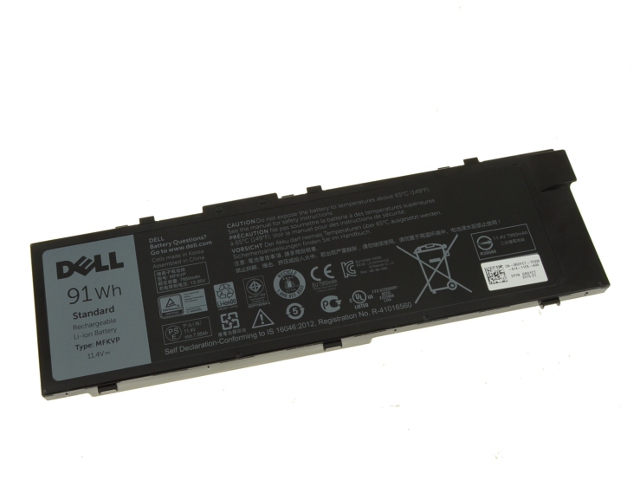


#Dell battery status windows#
You should be able to use the laptop in Windows at this point, but I let it charge in BIOS out of superstition. Plug the laptop in and let it charge to maximum uninterrupted. Failing to perform this step can result in making your reported battery wear worse. Do not immediately charge the laptop be sure the laptop has been sitting cool and unplugged for 3-5 hours before the next step.

This requires your turn off all of the sleep and hibernation timers in the Power Options control panel first, however. You could also use the laptop normally and let it run down until it automatically hibernates, then leave it in BIOS as described above as well. Additionally, power-saving states are not enabled for the CPU when in the BIOS either, meaning the laptop will run down significantly faster than it would in Windows under normal usage. With this method, you don’t need to worry about the laptop going to sleep or hibernating as these features are not enabled when viewing the BIOS. There are a few ways to do this, but my favourite method is the simplest: Restart the laptop in BIOS mode, then go out of the house for the day. Next, you need to let the battery completely discharge until forced shut-off (not just hibernation). Once this is done, make sure your laptop is plugged-in and allow it to charge completely. You’ll need to set the charging behavior to “Standard” or change the slider manually to 100% to complete the first step. Copy and paste the following line into the command line: powercfg /batteryreport Right-click the search result to run your choice of app as an administrator. Go to the Start menu and search “cmd” to show the Command Prompt (PowerShell will do fine as well). If your battery is new and showing less than 95% of its original capacity then it is probably worth recalibrating. Checking your battery’s reported wearīefore bothering with a calibration, it’s necessary to check the reported health of your battery.
#Dell battery status how to#
Thus, even as someone who considers themselves to know quite a bit about notebooks, properly calibrating the battery in my new XPS laptops (showing incorrect wear percentages out of the box) was something I had to do a bit of reading up on combined with some trial and error to get right, and so I thought I would write a brief guide on how to do it right the first time.įollowing this protocol, I was able to reduce the reported wear levels significantly to the low single-digits and recover a good deal of battery life. Battery calibration hasn’t been much of a necessity since lithium-ion batteries got so much smarter over the past few years.


 0 kommentar(er)
0 kommentar(er)
